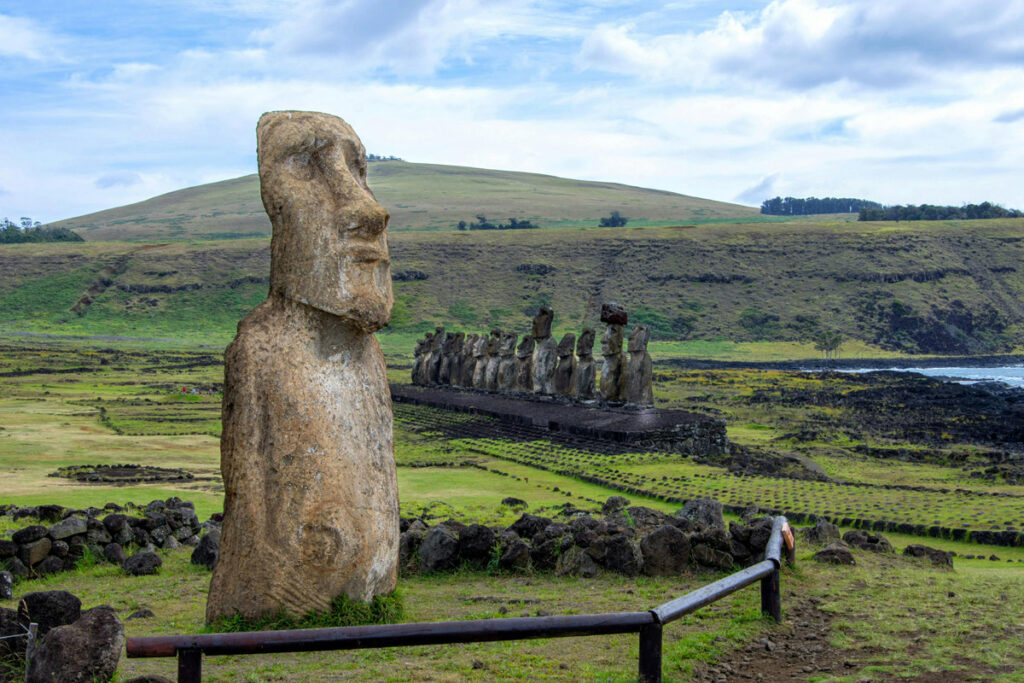
Update by CB: As several of you pointed out in the comments, “walking statues” are part of Rapa Nui oral history. This article was recently published and was new to us.
There’s a credible argument to be made that our ancestors were smarter and more innovative than us, despite not having the technological tools we have today. Heck, their ingenuity was probably helped by the fact that they didn’t have modern-day gadgets and gizmos. For example, it amazes me that the Great Pyramid of Giza is the oldest wonder of the ancient world and is the only one still standing. That’s impressive!
At this point you’re probably wondering what in the world has me on this ancient engineering kick, and the answer is this: scientists have figured out how the famous, massive moai statues of Rapa Nui were moved around the island to their ultimate resting sites. Rapa Nui is the indigenous name for the island itself, as well as the Polynesian inhabitants of the place commonly referred to as Easter Island — a name that stuck because the first white explorer set foot there on Easter Sunday. The moai statues have become synonymous with the island, given their imposing presence. 887 were carved out of volcanic rock between 500-800 years ago, and each one is about 13 feet tall and weighs 14 tons. So how did a relatively small population spread them out across the island? Turns out the moai simply “walked.”
A research team made up of scientists from Binghamton University and the University of Arizona conducted 3D modeling and field tests, according to a news release from Binghamton University published on Oct. 9. The release states that the researchers found that, with a system of ropes, a large stone statue could be moved — or “walked” — across the ground in a zigzagging motion with fewer than 20 people.
“Once you get it moving, it isn’t hard at all — people are pulling with one arm. It conserves energy, and it moves really quickly, said Carl Lipo, professor of anthropology at Binghamton and one of the study leads.
“The hard part is getting it rocking in the first place,” he continued, adding, “The question is, if it’s really large, what would it take?”
Lipo and his team theorized that the specific structure of the moai played a large part in their ability to be moved via ropes and zigzagging motions — namely, their wide, D-shaped bases and forward lean.
They tested their theory in real life by creating a 4.35-ton moai replica. The team was able to move the statue 109 yards in approximately 40 minutes, which Lipo said was much speedier than past theories and models.
“The physics makes sense,” he said. “What we saw experimentally actually works. And as it gets bigger, it still works. All the attributes that we see about moving gigantic ones only get more and more consistent the bigger and bigger they get, because it becomes the only way you could move it.”
Lipo also said that the roads carved out across the island are perfectly ideal for transporting the statues in such a way, further supporting the new theory.
Lipo additionally noted that using actual science and modeling to try to understand the truth behind the moai — as opposed to leaning into outlandish theories — is a way to honor the island’s indigenous people.
“It shows that the Rapa Nui people were incredibly smart. They figured this out,” he explained.
He added: “They’re doing it the way that’s consistent with the resources they have. So it really gives honor to those people, saying, ‘Look at what they were able to achieve,’ and we have a lot to learn from them in these principles.”
This is so fricking cool! I admit, I needed to watch the video of the Binghamton scientists moving their replica to really understand what they meant by “walking.” But once you see it, it totally makes sense — especially with statues that have striking faces! So the ropes are fastened to the top part of the moai, then the people manning the ropes gently pull back and forth so that the bottom of the moai appears to take steps in that forward, zigzagging motion they described. I love that this news honors the brain power of the Rapa Nui, as well as the wonderfully curious minds of scientists.
My admiration for the brilliant Polynesians has been in overdrive since I finished Jason Momoa’s Chief of War series (which is great, watch it!) about 18th century Hawaii. Some episodes included behind-the-scenes featurettes, where you got to see how much Polynesian talent was in the cast and creative team. Many native Hawaiians, yes, but you could also feel a real kindred spirit among the greater Polynesian reach, with people from New Zealand and Tonga relishing the chance to tell a story of their shared ancestry. Rapa Nui is definitely a part of that lineage; if you look at a map of the Pacific, the island forms a fairly equilateral triangle with Hawaii and New Zealand. Those distances were thousands of miles apart, though, which shows again the incredible sea-faring prowess of Polynesians!
Photos credit: Miguel Cuenca, Diego Gonzalez, Agustín Ramírez and JB on Pexels

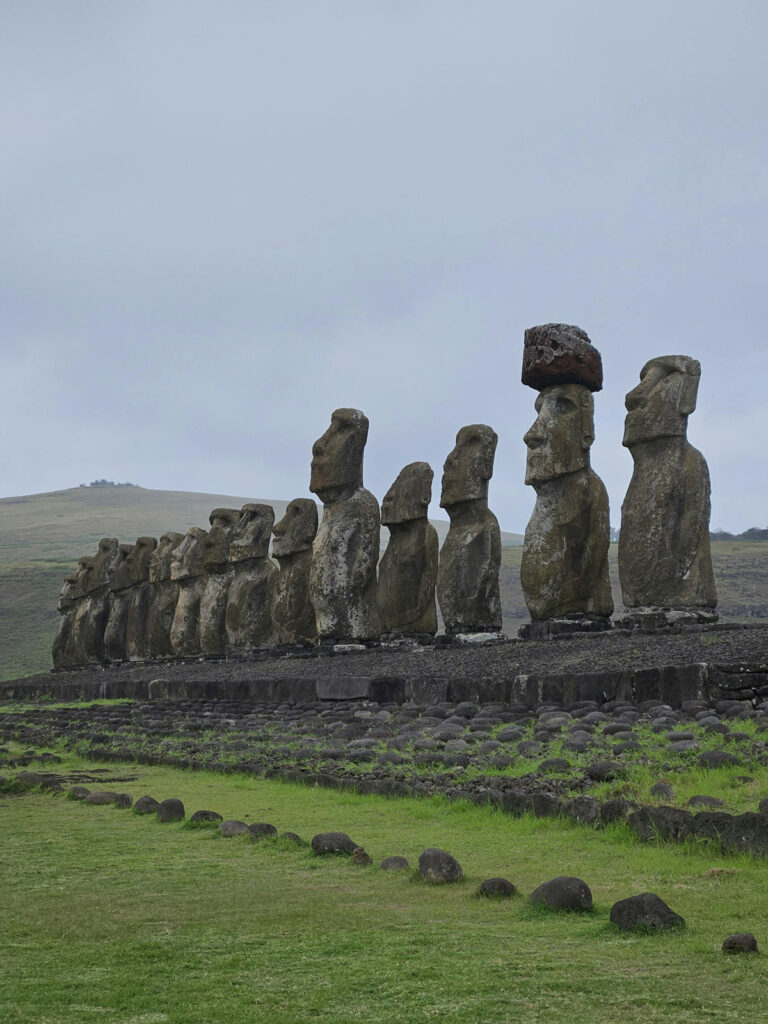
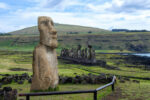

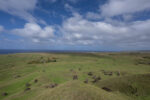
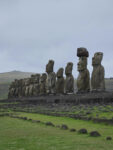










This is old news they already did this years ago?
And that was well after the people who lived there told the white men the statues had walked but where ignored
You’re right. This story was published at least five years ago. The Rapa Nui revealed how they moved the statues but the white occupiers didn’t believe them. And only now that white people have ‘figured it out’ do the Rapa Nui get credit for their genius.
Yes thank you I remember a tumblr full of stories like these where the original inhabitants were ignored by the white colonists because the white colonisers thought they knew better.
See also native americans, aboriginals etc who know the best way to fight forest fires because they’ve been liviing there for thousands of years.
Wash, I have a bit of a different take. These menhir stone structures (like Stonehenge, ones in France & elsewhere around the world) have long fascinated the world. Like the pyramids. I’ve always marveled how these groups could agree on these projects and their exact placement.
Like so many other accomplishments, the genius creation is only half of it. The communication/marketing is the other half. Anyway, my 2 cents.
Duch, what do you mean about communication and marketing? I’m also puzzled by this statement:. “I’ve always marveled how these groups could agree on these projects and their exact placement.”
Agree on these projects?
Yeah I saw a video of it years ago. Weird that it’s come back around. Maybe this is a full size version? I think the one I saw of them “walking” was half size.
Was wondering the same thing. I watched a documentary about it, years ago. Still really cool.
I read something about this years ago. IIRC, when they asked the Rapa Nui how they thought the statues had been placed, they were told that the story passed down through generations was that the Moai walked and then the modern scientists figured out HOW the walk was accomplished. Very cool, either way.
if i’m reading this correctly, it seems what’s new is that they actually “walked” their model and it worked exactly as expected/described? The people article says that there was a press release on 10/9 about this so it seems something new was confirmed?
I enjoyed reading this. The experiment seems to have been reported by the National Geographic in 2012, but I hadn’t heard it or seen the video, so I was very glad to see something that wasn’t about the Royals.
I am delighted to see this kind of post because I never saw anything about it five years ago. This is fascinating and I hope Kismet takes us on more adventures. It opens the world.
First time I’ve heard about this. Very cool. And I am no longer calling it Easter Island!
And the best stuff is always in the comments haha! This is so amazing, thank you for sharing
I visited Rapa Nui in 2010 and this was explained to us by our guide. Jared Diamond wrote about it in 2004 and got it completely wrong-if he had actually talked to any of the native people and listened to their stories he would have known this.
It’s truly an incredible place and I feel privileged to have visited.
As a history fan, this actually isn’t new news. But I also assumed a lot of people knew this technique since it’s literally the way I move heavy (non-fragile) boxes when I’m alone.
Thanks for bringing us this story. I like hearing about ancient history and its cool to see the ingenuity behind a stunning monument.
As everybody has already mentioned, the ‘new’ part is that they’ve been able to model this using new whiz-bang technology (although 3D modeling itself has been around for awhile) & they actually successfully ‘walked’ a Moai based upon that model. So now that white men have confirmed how it happened it’s all figured out. Whew! 🙄. Now no one needs ever to invoke the ‘aliens built it’ theory just because they themselves can’t figure out how it was done.
And by the by, this is how I personally move heavy bits of furniture in my apartment. I’m a genius!
Also, by the by, this is standard stuff in archaeology. New technologies bring new methods & new questions to ask of the data & new PhD & MA students need new topics to explore.